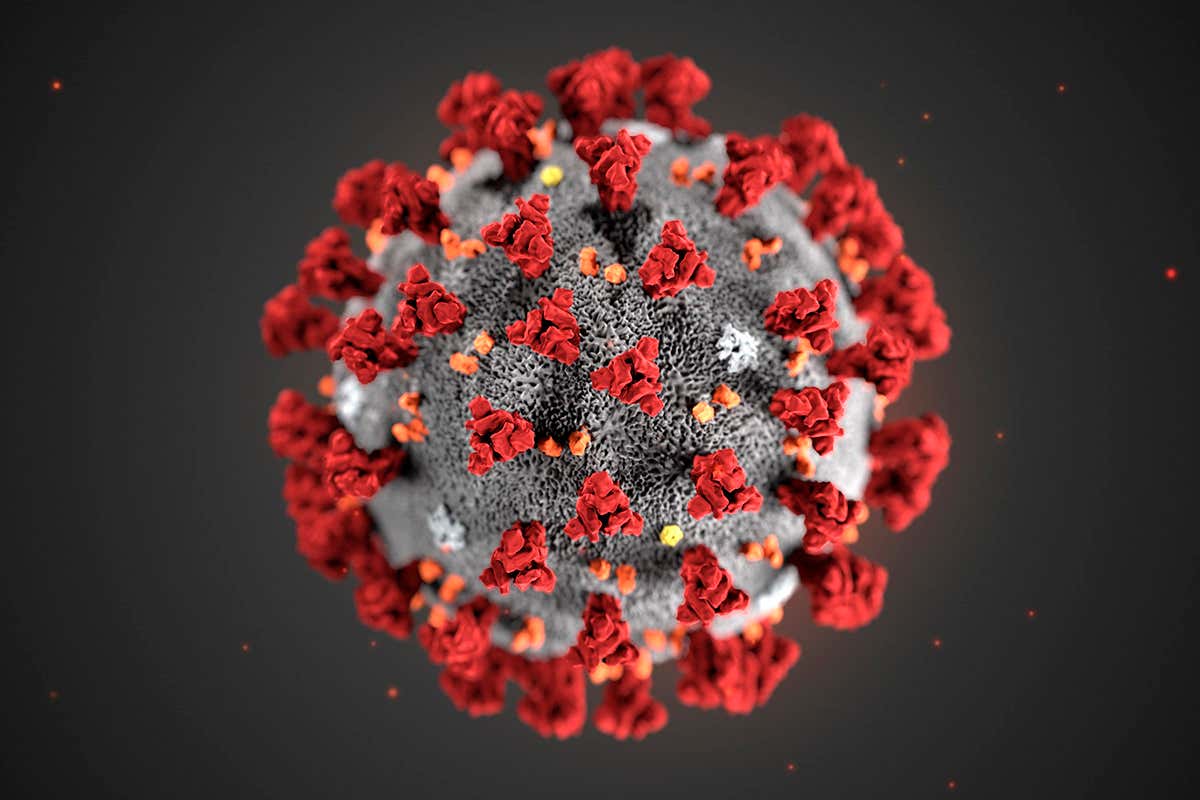What to know about the country’s COVID-19 second wave – Expert
A renowned virologist and immediate past President, Nigerian Academy of Sciences, Prof. Oyewale Tomori, has said the second wave of the COVID-19 pandemic is like climbing two hills with a valley between them. Prof. Tomori said the first hill climbed is the first wave while the second is the second wave. 72 hrs to end […]

A renowned virologist and immediate past President, Nigerian Academy of Sciences, Prof. Oyewale Tomori, has said the second wave of the COVID-19 pandemic is like climbing two hills with a valley between them.
Prof. Tomori said the first hill climbed is the first wave while the second is the second wave.
- 72 hrs to end of year: Buhari yet to assent to 2021 budget
- I saw abducted ABU lecturer, boys trained as bandits – Freed captive
He said: “When you look at the graph of the number of reported COVID-19 cases in the country since February 27th, you will see a peak about July and the number of cases dropping daily until about the end of August.
“Then, remaining at a plateau up till end of November after which you see the numbers picking up again.
“During the first wave, Nigeria recorded the highest number of 790 cases on July 1st but in the second wave, we recorded 1,145 cases on December 17th and we do not know if we have reached the peak yet,” he explained.
Prof. Tomori said he never really believed the so-called drop in the number of cases before now with many states not testing despite receiving billions of naira.
The virologist said the solution to the second wave was to go back to the basics by using what worked before, and in other climes, to tackle the situation on ground.
He said there was need to follow the protocols of proper hand washing, social distancing, use of face mask and others that the country has abandoned.
He added that the new COVID-19 mutant variant/strain identified by scientists at the Africa Centre of Excellence for Genomics of Infectious Diseases (ACEGID), Redeemers University, Ede, Osun State, makes the virus more infectious and with the ability to spread faster than previous strain.
